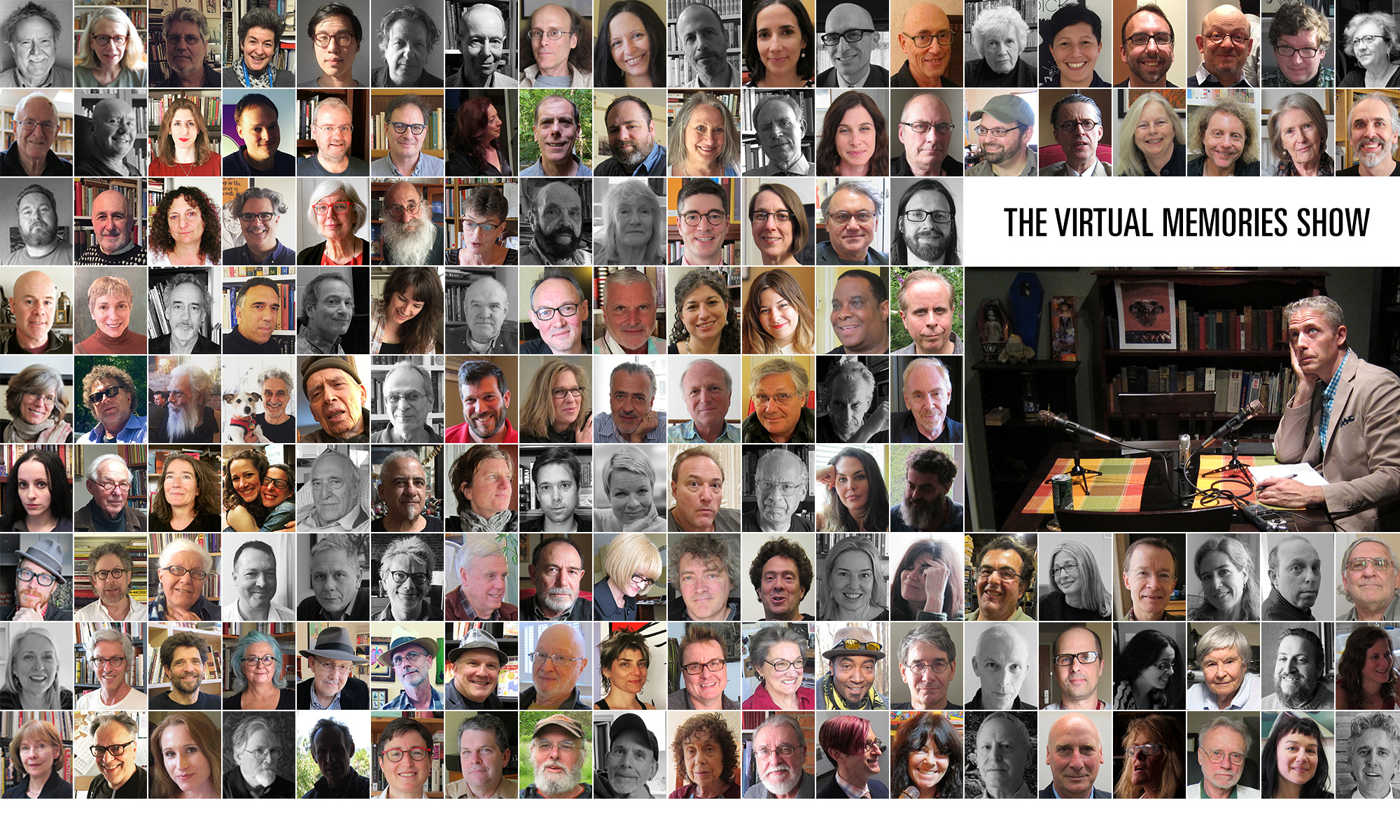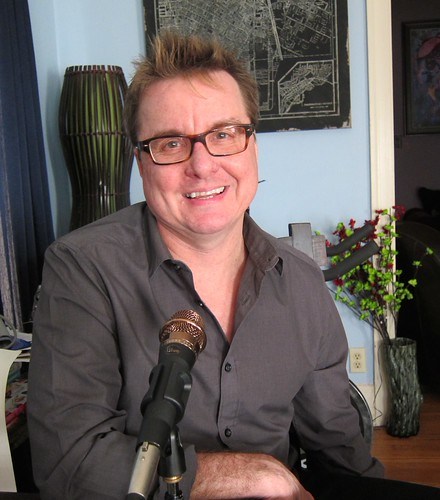A pal of mine recently wrote, “I’m thinking of revamping our coffee system and immediately thought of you. If I were to start from scratch, what would you recommend?”
It’s flattering that I’m the go-to when someone thinks of coffee, or it’s a sign that I need an intervention: either way, I figured I’d share my coffee setup with you. There’s a shopping list at the end.
I’ve done a bit of experimenting over the years, and picked up lots of tips from Brew Methods, so let’s get rolling. There’s lots of good info at this Wirecutter writeup about making pourover coffee, which is the general style I use. If you insist on sticking with a drip coffeemaker, this isn’t the post for you. This also isn’t going to have any espresso tips.
First thing you need: good coffee beans. I use Blue Bottle (formerly Tonx), which sends me 12 oz. of fresh-roasted beans twice a month. It’s a bit pricey, but I don’t drink booze anymore, so I figure I can splurge on coffee. Shut up!
When those super-beans run out, I use Costa Rica Terrazu from our local Fairway supermarket, which they roast on-site relatively often. Don’t buy pre-packaged beans from a supermarket or a Dunkin Donuts or Starbucks. Those are roasted months earlier and are likely stale by the time you use them. If you start with bad beans, the best techniques around will still yield bad coffee.
Next: don’t use a blade grinder. You need to use a burr grinder. The heat from a blade grinder is bad for your coffee (refer back to that Wirecutter piece for the explanation). Trust me; you’ll notice the difference. I use a Hario Mill to grind my coffee . It’s manual, but you can get an electric one; the Baratza Encore
. It’s manual, but you can get an electric one; the Baratza Encore is supposed to be really good.
is supposed to be really good.
Why do I use a manual one instead of electric? Mainly it’s for the ritual. I like having my hands involved in the process. Hand-grinding also takes a while, which helps pass the time that it takes to boil the water.
In the morning, I make two cups of coffee, for me & Amy in a Chemex 6-Cup Classic Series Glass Coffee Maker . Here’s what I do.
. Here’s what I do.
Pour about 750 ml of water into a Bonavita 1-Liter Variable Temperature Digital Electric Gooseneck Kettle . Turn it on and set to 208°. (You can also use a standard kettle on your range, then transfer 600 ml of the water into a Hario V60 Buono Coffee Drip Kettle
. Turn it on and set to 208°. (You can also use a standard kettle on your range, then transfer 600 ml of the water into a Hario V60 Buono Coffee Drip Kettle ; that’s what I used to do before I bought the Bonavita electric kettle a few weeks ago.) You’re going to use 600ml of water for the actual pourouver; the rest is used to warm up the Chemex and the mugs.
; that’s what I used to do before I bought the Bonavita electric kettle a few weeks ago.) You’re going to use 600ml of water for the actual pourouver; the rest is used to warm up the Chemex and the mugs.
Put 35 grams of coffee beans in your grinder. You’ll have to experiment a little to get the right coarseness. I use a metal Kone Coffee Filter in my Chemex, but that costs $60 and might be a little pricey for you. If you go with a Pre-Folded Circle Coffee Filter, you’ll need a bit different coarseness. That Brew Methods site will help you figure it out.
in my Chemex, but that costs $60 and might be a little pricey for you. If you go with a Pre-Folded Circle Coffee Filter, you’ll need a bit different coarseness. That Brew Methods site will help you figure it out.
I use a digital scale to weigh out the beans, as well as the pour. A pal of mine who’s a chemistry professor scoffed at this, because he does most everything by eye, but I’m really a process/instructions-oriented guy.
So,I’m grinding away the beans while the water’s heating up. If Amy’s still asleep, I go down to my library to do the grinding, because it’s kinda noisy. It’s also kinda noisy to traverse the stairs, but she puts up with it, because the end result is dynamite coffee.
At this point, the counter has the following items on it: 6-cup Chemex with Kone filter, the Hario mill, with 35g of ground coffee in it, two coffee mugs, my watch, and the digital scale.
One the water reaches 208°, I pour about 50ml of it into the Chemex, to warm up the Kone and the base of the Chemex. I pour a little into the two mugs, to warm them up, too, but I make sure there’s still 600ml of hot water in the kettle.
I dump the water from the Chemex in the sink, then put it on the scale, pour in the coffee grounds, and zero out the scale.
Then I do a 15-second pour of 85-100ml of water over the grounds. With a Kone filter, you want to pour in the middle, not in a spiral. With the paper filter, you can use a spiral motion.
I let the water sit for another 45 seconds, while the coffee off-gases. This is called the “bloom”. It’s not as pronounced a process with the Kone, because the gas can filter out through the sides of the mesh, but with a paper filter, the term “bloom” is much more appropriate for the way the bed of coffee grounds swells up as the gases are released. The thing is, you want those gases outta there, as they disrupt the process of coffee extraction.
With those 45 seconds passed, we’re now at the 1-minute mark. I start pouring in more water, again in the center of the Kone. The gooseneck of the kettle allows for a steady, focused pour. If you try to pour from a standard kettle, the mouth is so wide that you’ll get lots of splashing and bad extraction of SuperCoffeeGoodness.
Over the next 90 seconds (up to the 2.5-minute mark), I pour until it reaches 600ml of water. I stop around the 300ml mark and let the water settle a little, for maybe 10-15 seconds. I’ll let it settle again around the 450ml mark, before pouring the remainder.
Then I wait for another minute, at which point we’re at the 3.5-minute mark. Near the end of that 1-minute wait, I dump out the two mugs, which should be nice and warm now.
I take the Chemex off the scale and replace it with Amy’s mug. I zero that out, then take the Kone filter out of the Chemex and hold it over the sink, since it’s probably still dripping. I pick up the Chemex and swirl it around a little; this supposedly releases some flavonoids or something. It also helps distribute the solid particulates. You don’t get those with the paper filter, but some solids creep through the metal mesh of the Kone.
I pour 220ml or so into Amy’s mug. I replace her mug with mine on the scale and zero it out again, because I’m insane. I swirl the Chemex a little more and pour myself 300ml of coffee. This is because women can only drink 73% of the coffee that men can drink. It’s science.
And that’s my morning coffee ritual! I won’t lie. It take a little time: boiling water, grinding beans, and 3.5 minutes of actual pouring time. (I left out the part where I walk around in my library and look at books while I’m grinding the coffee.) But it will make really good coffee for two people.
If you’re making a single cup, you can try to cut these quantities in half and do it in the same 6-cup Chemex. That’s what Amy does when I’m traveling.
But how do I make a single cup of coffee? Glad you asked! In the afternoon, I have a single cup of around 250ml, which I make with an Aeropress Coffee and Espresso Maker and an Able Brewing DISK Coffee Filter
and an Able Brewing DISK Coffee Filter .
.
There are a ton of Aeropress methods out there, but I’ve settled on a pretty basic one.
- Pour 350ml of water in the electric kettle, set to 208°.
- Grind 16 of coffee beans in the manual mill (I use a Hario Coffee Mill Slim Grinder, Mini
 for this one, for two reasons: it needs a different coarseness than the Chemex and it’s too much of a hassle to change the setting every morning and afternoon, and I use this setup when I’m traveling, so I like having a smaller, more portable grinder in my luggage (along with a small digital scale, which makes me look like a drug dealer)).
for this one, for two reasons: it needs a different coarseness than the Chemex and it’s too much of a hassle to change the setting every morning and afternoon, and I use this setup when I’m traveling, so I like having a smaller, more portable grinder in my luggage (along with a small digital scale, which makes me look like a drug dealer)).
- Once it’s at 208°, pour a little water though the Aeropress and into the mug, to warm both up. Dump the water.
- Put the Aeropress on top of the mug, put them on a scale, pour the 16g of coffee in, and zero it out.
- Slowly pour 277ml (!) into the Aeropress. Why 277? Because that’s what some guy did to win an award at an Aeropress contest, but now I can’t find the web-page where he gave his method. Maybe it was a dream and there’s some Kabbalistic significance to the number. All I know is: good coffee.
- After I pour in the 277ml, I stir the coffee about 3-4 times with that big stirrer that comes with the Aeropress.
- Slowly press out the coffee.
- Drink the coffee.
You’ll note that this method isn’t as specific about timing. I do it much more by feel than the the morning Chemex setup. It still makes for a good cup of coffee.
So that’s the basics of my coffee rituals. You can read a ton more about other people’s techniques. The Aeropress in particular has a bazillion variations, including Left Hand Suzuki Method.
Want a shopping list?
Morning Coffee – 2 mugs
Afternoon Coffee – 1 cup
Now go make some amazing coffee!
feeding into a Zoom H5
digital recorder. I recorded the intro and outro and the self-interview segments on a Blue Yeti USB Microphone
. Processing was done in Audacity and Logic Pro. Photo of me by Aaron K. Finkelstein.



 This episode features selections from nearly 3 dozen of our recent guests! So
This episode features selections from nearly 3 dozen of our recent guests! So 





